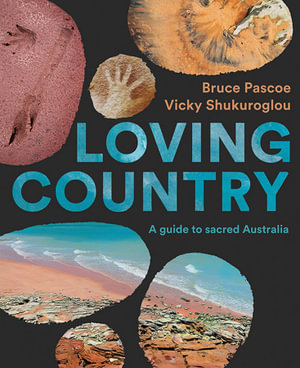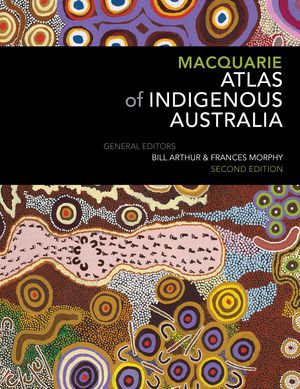



Source: Mark Wassell
Important sites for Indigenous people (also called sacred sites) can be found right across Australia. These sites represent important meeting places, boundaries between different clans, nations or tribes, places where important ceremonies took place, and even places where children were born. Read through the resources below to learn about sites of importance, and about some particular sites special to the local Wurundjeri people.


| The Scarred tree is a reminder Wurundjeri Aboriginal people that lived in the area before European settlement of Melbourne. Scarred trees are trees which have had bark removed by indigenous Australians for the creation of canoes, shelters, shields and containers. Bark was removed by making deep cuts in a tree with a stone axe. The area of bark removed is typically regular in shape, often with parallel sides and slightly pointed or rounded ends, and the scar usually stops above ground level. The Australian native Eucalyptus species such as Box (Eucalyptus melliodora) and River Red Gum (Eucalyptus camaldulensis) were commonly used. The tree has been dead for many years, without warning in early 1980's it collapsed. Restoration work was undertaken to preserve the tree stump and has been re-erected at its original location. All Aboriginal cultural sites are protected by law. |

The Heide Scar Tree, known as Yingabeal, or songtre (Yinga meaning sing or song and beal is an Indigenous name for a redgum) (Grace et al., 2016), represents an important link to Aboriginal cultural practices significant to the original inhabitants of the site, the Wurundjeri and Woiwurrung people, for whom this particular tree was a sacred ceremonial ground (Heide Museum of Modern Art, n.d.). It is considered the spiritual heart of the museum and the museum grounds, and is protected under the state legislation Aboriginal Heritage Act 2006 (Grace et al., 2016).
Aboriginal people created scarred trees by removing bark from them to make containers, shields, canoes, and to build temporary shelters (Creative Spirits, 2016). They would use axes with which they would mark the outline of the space they were after. The bark was then removed to the hardwood but the tree would not suffer because it was not ring-barked. Once the bark was removed it would start to regrow, crowing around the scar as it pushed towards its centre; eventually, the scar would heal. The original scar of Yingabeal was about three metres long and the bark removed would have made a three-metre canoe (Grace et al., 2016).
Scarred trees often occur along major rivers, around lakes and on flood plains, but also at significant (sacred sites) (Creative Spirits, 2016). They provide valuable clues about the use of perishable materials by Aboriginal people and also tell us where Aboriginal people lived; they also help us find archaeological sites, such as scatters of stone tools. Aboriginal ceremonies that took place around Yinglabeal reportedly go back to the mid 1800’s (Heide Museum of Modern Art, n.d.).
The Heide scar tree is approximately 600-700 years old (Grace et al., 2016) and is of particular significance to the Wurundjeri clan and Woiwurrung language group people (Heide Museum of Modern Art, n.d.). Apart from having had a canoe carved out of it at some stage, perhaps a few hundred years ago, it also fulfills the role of what is known as a ‘marker tree’, and is one of three such marker trees in the area (Grace et al., 2016).

Bolin Bolin Billabong, located next to the Yarra River in Bulleen, is one of the few remaining billabongs in Melbourne. It used to have such a large eel population that it was able to sustain up to 500 Wurundjeri people over summer. The billabong is highly valued for ecological, cultural and liveability attributes.


 Loving country : a guide to sacred Australia
by
Loving country : a guide to sacred Australia
by
 Macquarie atlas of Indigenous Australia : culture and society through space and time
by
Macquarie atlas of Indigenous Australia : culture and society through space and time
by
 Aboriginal Australia & the Torres Strait Islands : guide to indigenous Australia
by
Aboriginal Australia & the Torres Strait Islands : guide to indigenous Australia
by